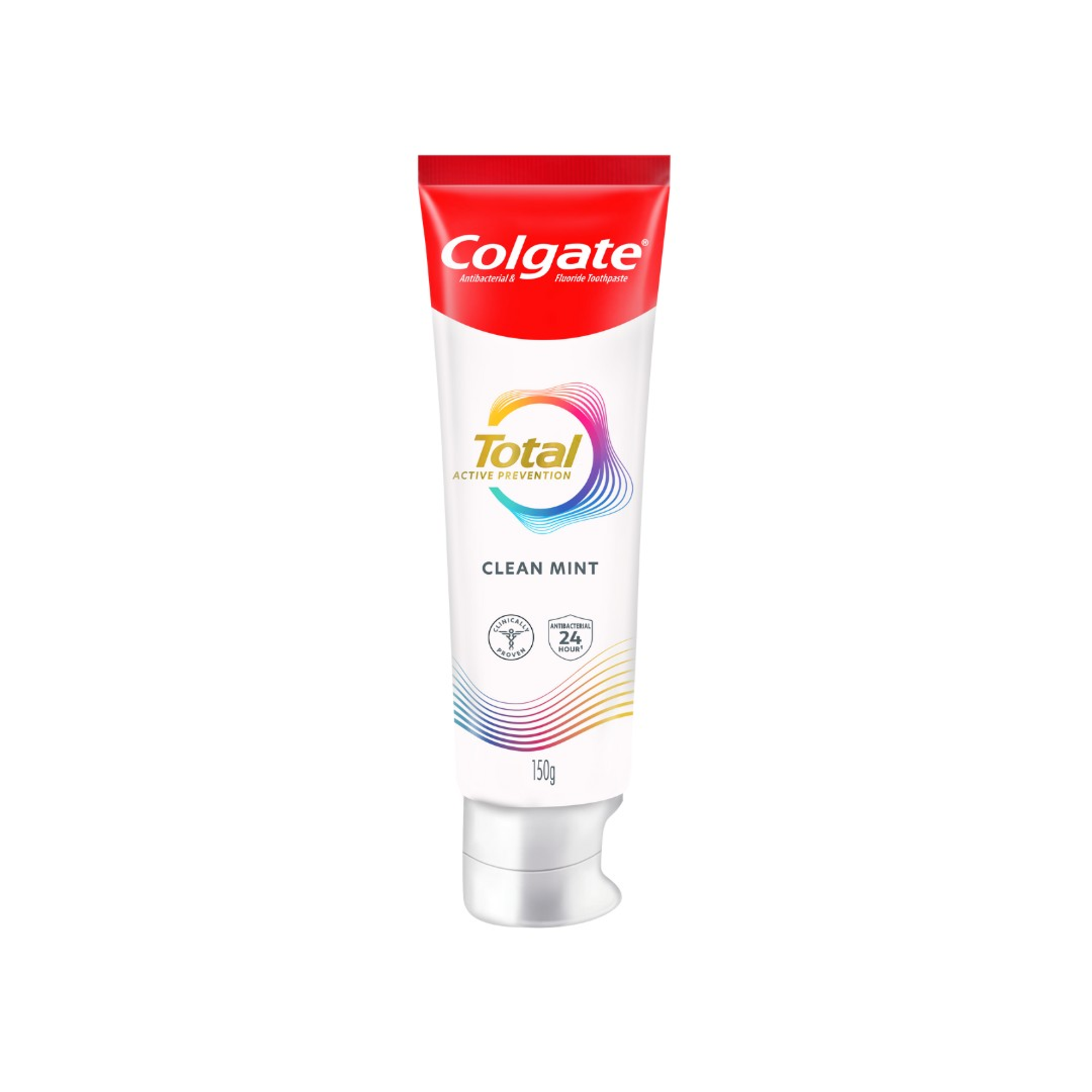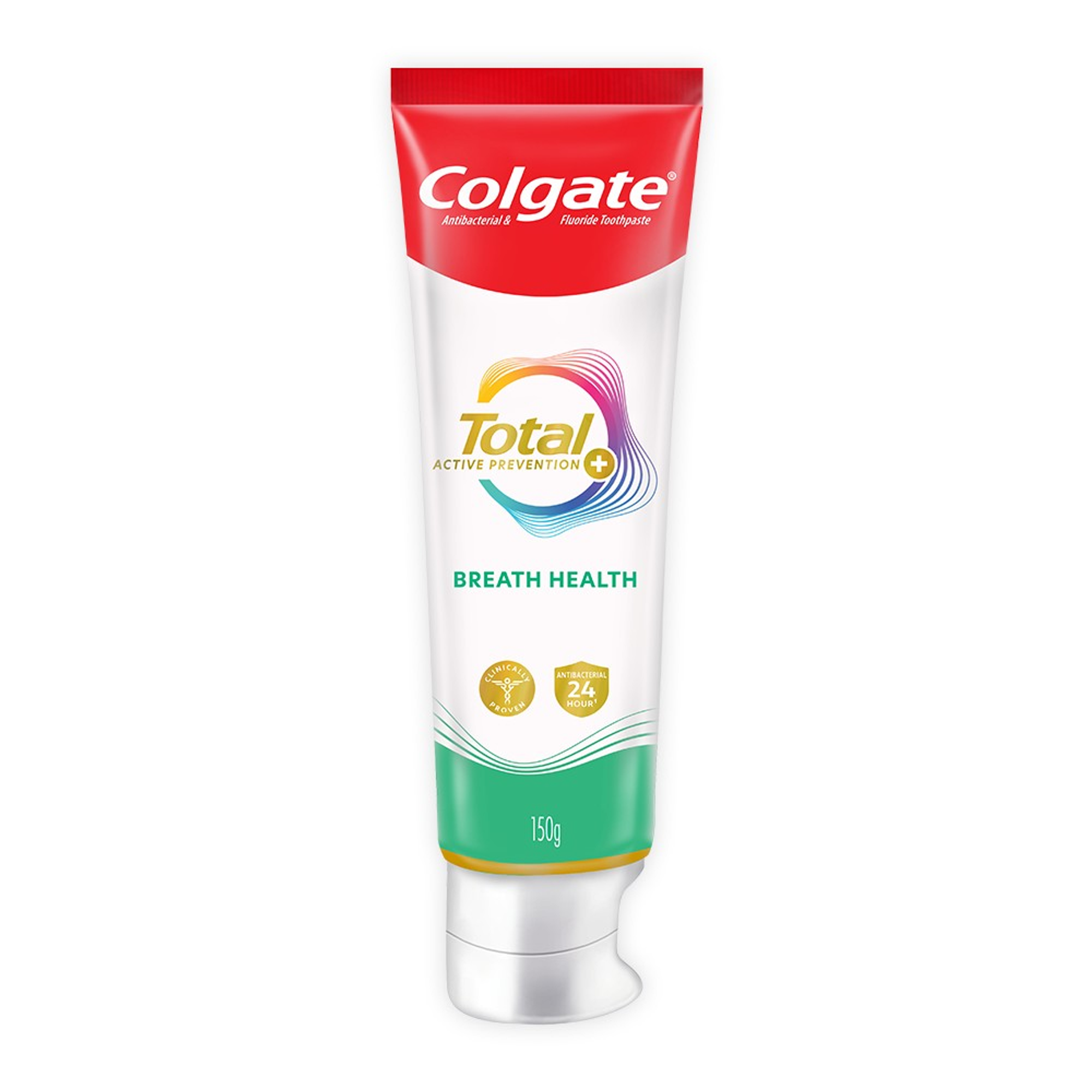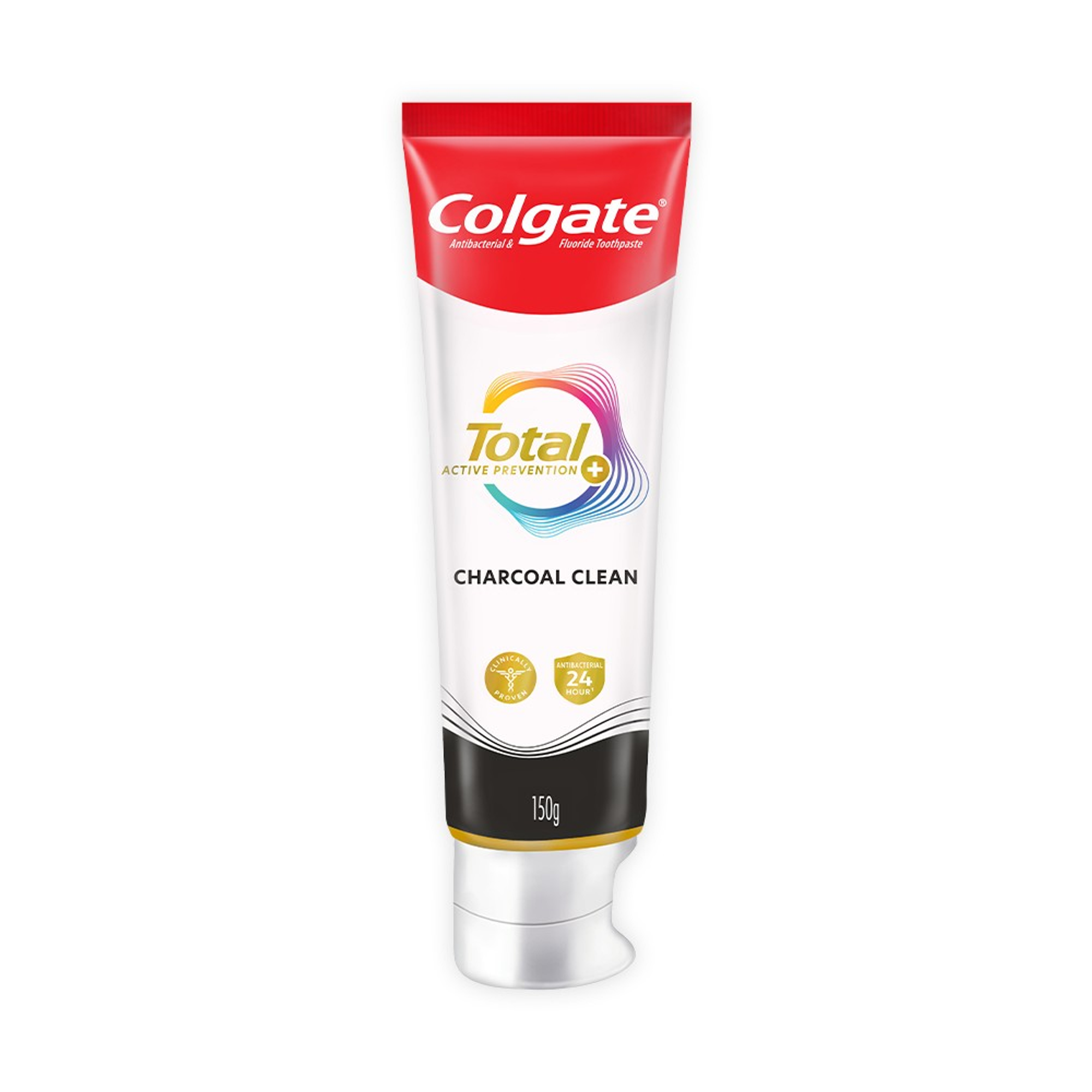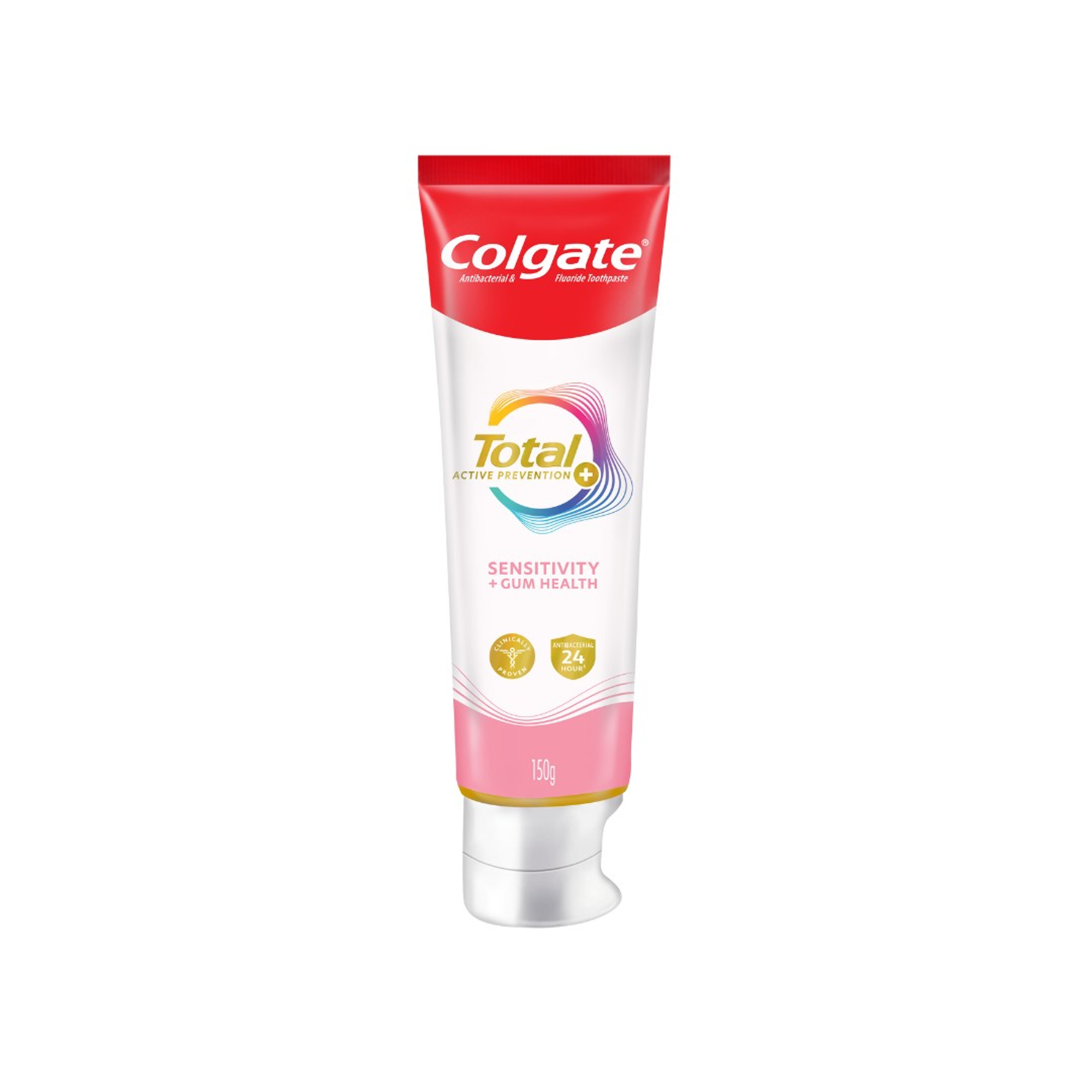-
-

ADULT ORTHODONTICS
Should You Use Mouthwash Before or After Brushing?Brushing and flossing are the foundation of a good oral hygiene routine, but mouthwash can also be a useful addition...

SELECTING DENTAL PRODUCTS
Soft Vs. Hard Toothbrush: Which One Should You Use?The toothbrush has come a long way. As the American Dental Association (ADA) notes...
-
Science & Innovation
- Oral Health and Dental Care | Colgate®
- Oral Health
- Should You Try DIY Teeth Whitening Paste?
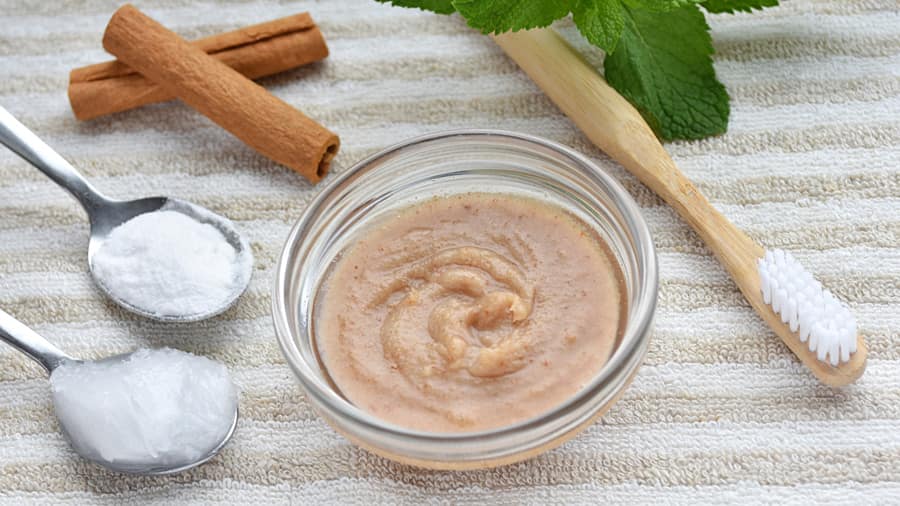

When you hear about a healthy smile, what comes to mind? People often associate pink gums and white teeth with good dental health, but as you get older, your teeth might take on a yellowish or brownish cast for reasons beyond poor oral care. Your genes or your diet may be to blame, according to the American Academy of Cosmetic Dentistry (AACD).
If getting a brighter, whiter smile is on your to-do list, you have options, from at-home whitening treatments to those at your dentist's office. You might also think of trying a do-it-yourself teeth whitening paste. There are several homemade concoctions you can try, and they'll all compare differently with the results you'd get from a dentist or over-the-counter (OTC) product.


Purple Toothpaste
THE BEAUTY HACK THAT LET YOU SHINE IN AN INSTANT!
Hydrogen Peroxide and Baking Soda
Hydrogen peroxide is the active ingredient in many commercial tooth whiteners. Baking soda is also found in a number of toothpastes for its abrasiveness, which helps remove many common stains from your teeth. With that in mind, it stands to reason that hydrogen peroxide mixed with baking soda would make a great teeth whitening paste.
If you're looking to try a paste made from hydrogen peroxide and baking soda, consult with your dentist first to ensure your teeth and gums are in good health. Start by stirring a bit of baking soda into 3 percent hydrogen peroxide, and coat your teeth with the paste that results. Because it will be fairly abrasive, Katie Glenn – a writer for Hello Giggles who has tried this mixture – advises against brushing your teeth with it. Let it rest on the enamel for just a minute, then rinse and brush normally. Make sure you don't swallow any of the peroxide when using the paste.
Coconut Oil
Whether it's conditioning dry and damaged hair or acting as a natural deodorant, it seems there's nothing coconut oil can't do. Another possible benefit of coconut oil is as a tooth whitener. Although it's been around for centuries, the practice of oil-pulling – which involves swishing coconut oil in your mouth for up to 20 minutes – became the talk of the town in 2014. The benefits of oil-pulling range from cleaning and whitening your teeth to improving your overall health, according to those who have tried it.
But, both the American Dental Association (ADA) and the U.S. Department of Health and Humans Services suggest the practice of oil-pulling has not undergone any extensive examination. Rinsing your mouth with coconut oil probably won't cause you any harm as long as you keep up a good dental care routine, but it also may not make your teeth any whiter.
Activated Charcoal
Activated charcoal is another ingredient that's gotten a bit of a makeover in recent years. Once used primarily to treat poison victims, according to the National Institutes of Health (NIH), you can now find it in a number of skincare products and in supplement form. There are also anecdotal studies of people making a paste out of activated charcoal and water to whiten their teeth.
Nonetheless, the jury is still out on how effective this charcoal is as a teeth whitener. A writer for xoVain didn't have much luck when she applied it, and the ADA has yet to approve it for use as an official tooth whitener. Give it a try, but as with anything that involves your teeth, it's a good idea to check with your dentist first.
Related Articles

Charcoal toothpaste is a hot topic, but does charcoal whiten teeth? But does charcoal teeth whitening work?

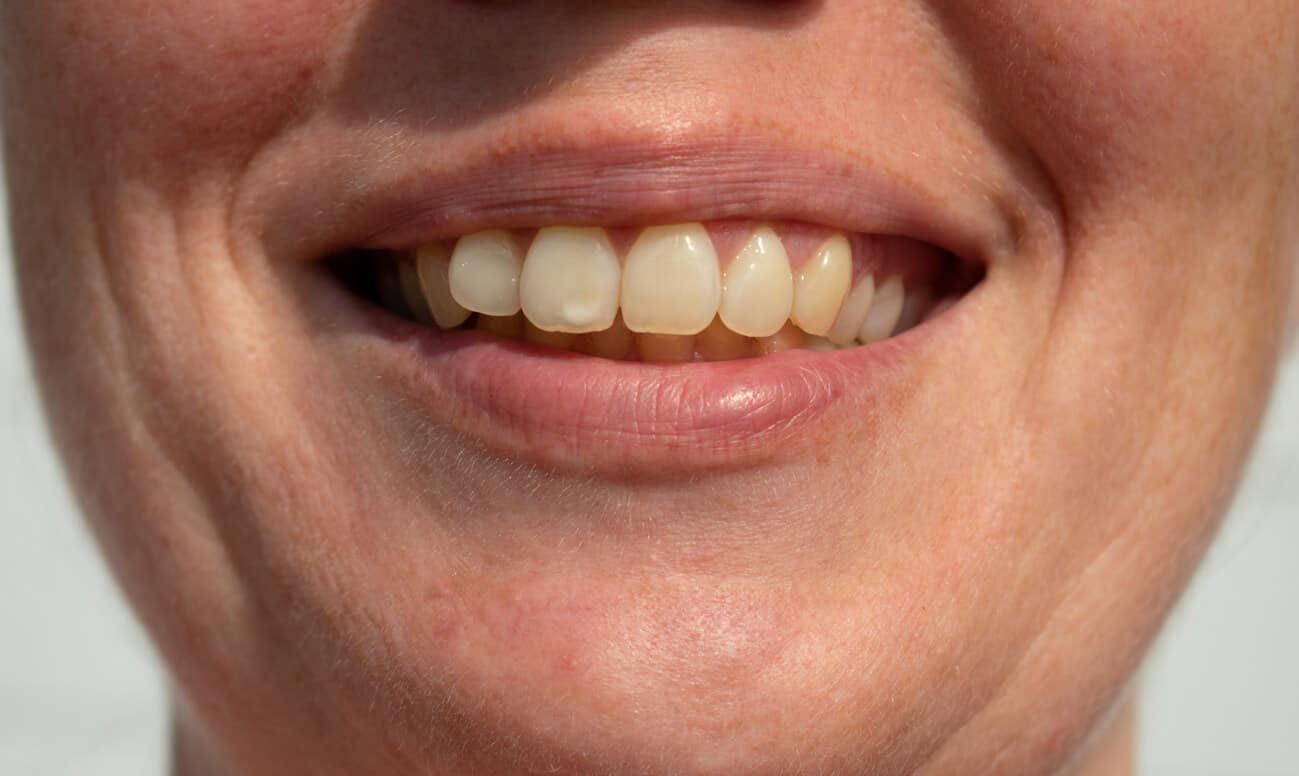
Incipient caries are the beginning stages of a cavity. Find out more about incipient caries and how you can stop them in their tracks and avoid the drill.
Related Products

Helping dental professionals
More professionals across the world trust Colgate. Find resources, products, and information to give your patients a healthier future




